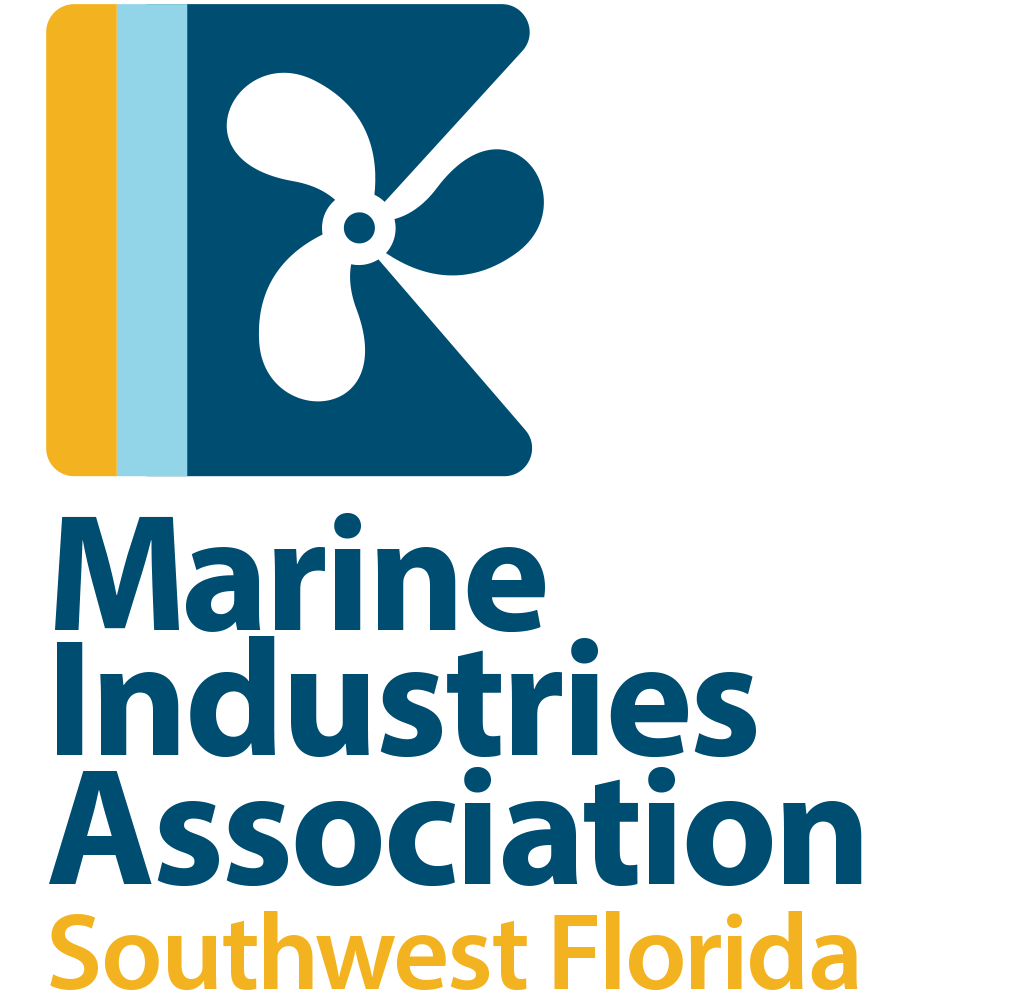
June 27, 2019
For immediate release:
Ft. Myers, FL — The Southwest Florida and Tampa Bay Marine Industries Associations are partnering with the West Coast Inland Navigation District to fund a study of the economic impacts of Harmful Algae Blooms (HAB) on businesses along Florida’s west coast. The year-long study is being conducted by University of Florida, Institute of Food & Agricultural Sciences.
“We all know that solving Florida’s water quality issues are complex challenges requiring a massive cooperative effort to fix for future generations,” says Association President Hans Wilson. “There is also, however, the reality that local, mostly small businesses, have experienced a significant impact on their direct and indirect sales from the HAB. Virtually all of our members from boat dealer to marinas to service suppliers saw business plummet last summer. Putting real-life numbers on the economic impact the HAB has had will be an invaluable tool for our industry and local and state government moving forward.
“We want to thank both WCIND and The University of Florida for helping us make this study a reality. The study will begin as soon as final contracts are processed and signed.”
Below are excerpts from UF’s outline of the study.
Algal blooms occur when natural algae in lakes, rivers, and coastal zones are stimulated to grow out of control through natural processes or by elevated levels of nutrients in the water. Algal blooms that produce dangerous toxins that are detrimental to the plants, animals, people, and ecosystems in the affected areas are known as harmful algal blooms (HABs). Several types of naturally occurring HABs exist including those caused by cyanobacteria (blue-green algae) and the marine dinoflagellate Karenia brevis commonly known as “red tide”.
Study Objectives: This project generally aims to document the economic impacts of the 2017-2019 HABs in Southwestern Florida. Specifically, this project will address the following objectives through survey methods and regional economic analysis:
1. Identify the people, assets, and business activities at risk in the water-dependent communities affected by the 2017-2019 HABs in the Southwestern Florida counties of Monroe, Collier, Lee, Charlotte, Sarasota, Manatee, Hillsborough and Pinellas.
2. Estimate the economic losses to commercial businesses resulting from the 2017-2019 HABs in Southwestern Florida.
3. Measure the economic impact of HABs on real property values in affected areas.
4. Determine how these economic impact estimates can be used to identify efficient and cost-effective management strategies for mitigating their impact on local water-based communities.
This project will focus on counties in Southwest Florida that experienced a HAB in between October 2017 and January 2019 and surrounding counties that comprise the functional economic areas. Assessment of the economic impacts of the 2018 blue-green algae event will focus on areas adjacent to the Caloosahatchee River estuary and assessment of the red-tide event will focus on affected coastal counties on the Gulf coast.”
For more information contact John Good. [email][email protected][/email].
